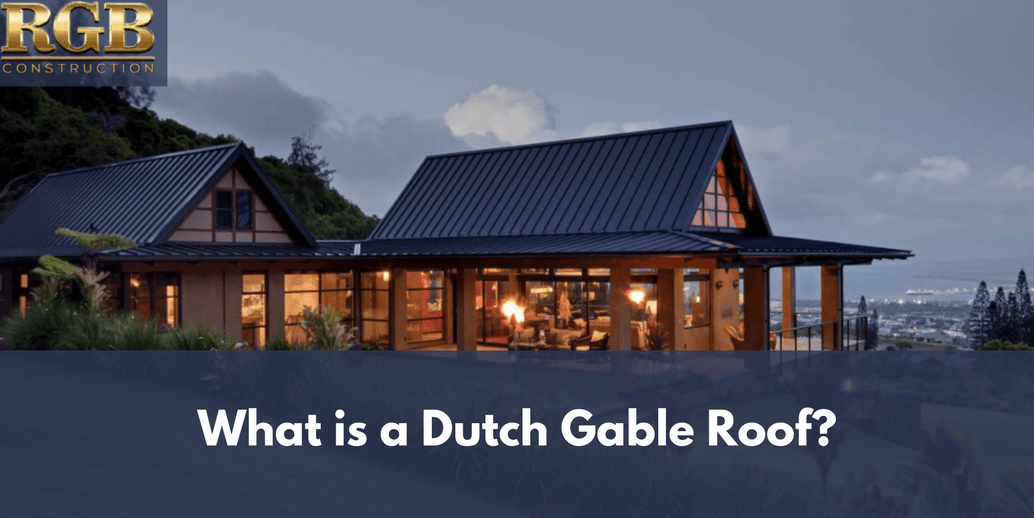Your roof is one of the most important features of your home. It protects your family and belongings from rain, snow, ice and wind while also improving the curb appeal of your home. What you may not know is that there are many different roofing styles available. One that is growing in popularity is the Dutch gable roof. This is a type of hip roof with four sloping sides topped with a gable, a feature known as a “gablet.”
History of Dutch Gable Roofs
Dutch gable roofs were extremely popular in Renaissance architecture. They were first seen as early as the 14th century, making their way to Britain around the 16th century. They were eventually included in Baroque architecture. In Potsdam, Germany, part of the city’s Dutch Quarter has brick houses featuring the roof style. The roof is also found throughout Arras in northern France and Bruges, Belgium. The roof style was also taken to Barbados and South Africa where it is used often as Dutch gable roofs are very beneficial in tropical climates.
Advantages of a Dutch Gable Roof
Dutch gable roofs allow more natural sunlight than traditional hip or gable roofs. This can reduce heating bills in the winter. They also provide more storage space than hip roofs and a window can be added in the gablet, creating more ventilation and light. The roof looks unique and interesting as well since it is different than a traditional roof. You can use almost any type of roofing material, including shingles, concrete, slate or wood shake. Because it is lightweight, however, metal is the most recommended material to use for a Dutch gable roof.
Disadvantages of a Dutch Gable Roof
The construction of a Dutch gable roof is much more complicated as there are various pitches that need to be determined. In addition, a gablet is similar to building an additional structure on the roof with straight walls resting on a pitch. This requires additional materials, both for the gablet and as support. Snow and rain can collect in places where the structures meet which can led to leaks unless you make sure all joints are sealed, shingled and waterproofed. If you use asphalt shingles on a Dutch gable roof, the shingles will not last as long as metal roofing and may not provide enough water protection. Therefore, you will need to add waterproof roof coating if you choose asphalt shingles.
If you would like to learn more about Dutch gable roofs, contact us today by filling out the simple form online or giving us a call. We can explain the various pros and cons of the roof style, walking you through the entire process. Get in touch with RGB Construction by calling 856-264-9093







